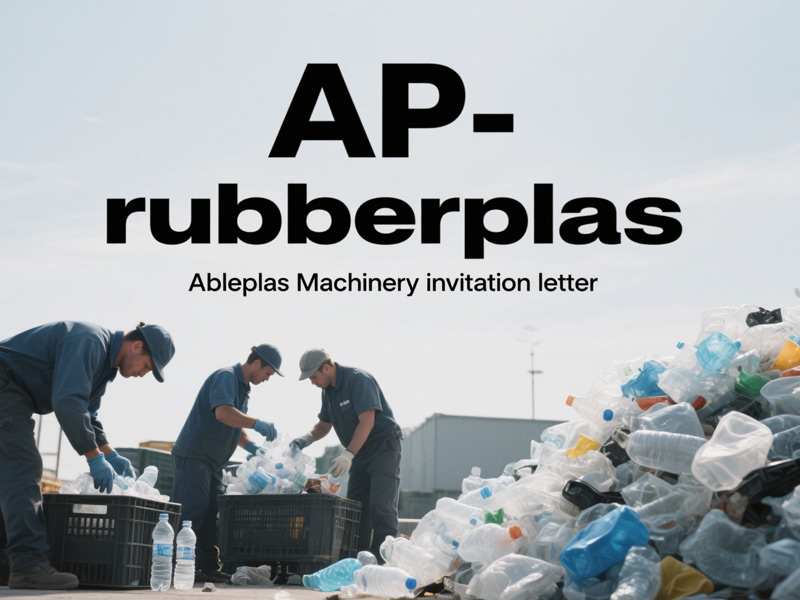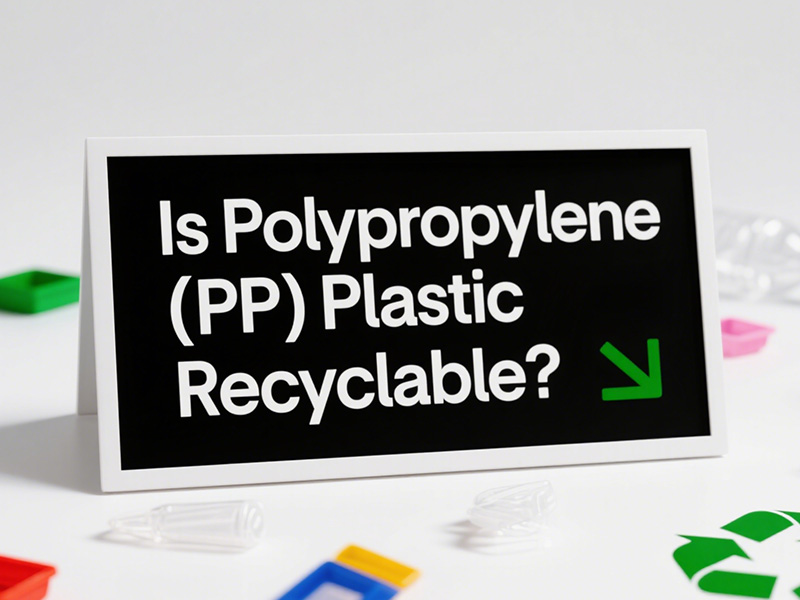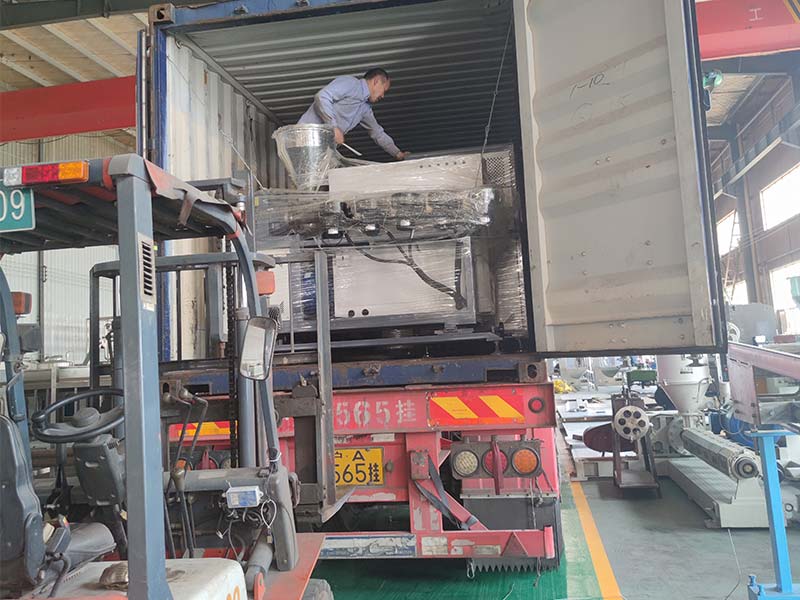Understanding Plastic Pellet Making Machines
What is a Plastic Pellet Making Machine? A plastic pelletizing machine (also known as a pelletizer) is a specialized piece of equipment designed to process plastic materials into uniform pellets. These pellets are then used in manufacturing processes like injection molding and extrusion. The pelletizing process is crucial in plastic recycling and manufacturing, where raw materials such as plastics are converted into usable forms.

Types of Plastic Pellet Making Machines
1. Strand Pelletizing Systems In strand pelletizing systems, plastic strands are extruded and cooled in a water bath before being cut into pellets. This system is ideal for polymer and plastic recycling.
2. Underwater Pelletizing Systems This method cuts molten plastic underwater, allowing for immediate cooling and solidification. It's widely used for materials requiring high-quality, uniform pellet size.
3. Hot Die Face Pelletizing Systems These systems cut the plastic directly at the die face while it’s still molten, offering immediate solidification and better pellet quality control.
4. Water Ring Pelletizing Systems A variation of the underwater system, this method uses a water ring to cool the plastic strands. It’s a highly effective way to create consistent pellets while maintaining energy efficiency.
5. Air-Cooled Pelletizing Systems In air-cooled systems, air is used instead of water to cool the plastic strands, providing a more energy-efficient alternative for some applications.
Key Factors to Consider When Choosing a Plastic Pellet Making Machine
1. Material Compatibility Different types of plastic require specific processing conditions. Consider whether the machine can handle the materials you work with, such as PET, PE, PP, or recycled plastics. The pelletizing line should also have the capability to process contaminated materials in plastic recycling
2. Production Capacity It's essential to match the machine's capacity to your business needs. Whether you need continuous production or batch processing, ensure the system can meet your throughput requirements, measured in kg/hr or tons/hr. Scalability for future growth is also key.
3. Pellet Quality Requirements High-quality pellets are essential for a variety of manufacturing processes. The pellet size, uniformity, and surface finish are critical. Machines that offer precise control systems can maintain high-quality standards even in plastic recycling operations, where raw materials might be inconsistent.
4. Energy Efficiency Look for machines that offer energy-efficient systems. Efficient motors and heating element can significantly reduce operational costs. Machines with energy recovery systems can further lower energy consumption.
5. Maintenance Requirements Regular maintenance is essential to keep your plastic pelletizing machine running smoothly. Consider how easy it is to access parts that need regular maintenance, such as cutting blades and screens, and how long the downtime will be during maintenance. 6. Automation and Control Systems Modern pelletizers come with advanced automation features, including smart control systems that allow for monitoring and adjusting operations for consistent product quality. These systems also enable easier integration into your production line and allow for recipe management.
7. Space and Installation Evaluate the physical footprint of the machine and its compatibility with your facility's layout. You’ll also need to consider the utilities required, such as power, water, and compressed air.

Common Challenges and Solutions in Plastic Pelletizing
| Challenge | Description | Solution |
| Material Variability | Inconsistent input materials affect pellet quality | Use advanced feeding systems with homogenization capabilities |
| Moisture Content | Excess moisture affects processing and pellet quality | Implement integrated drying systems or pre-drying solutions |
| Heat Sensitivity | Some plastics degrade at high temperatures | Use systems with precise temperature control and minimal residence time |
| Fines Generation | Dust and fines can cause material loss and handling issues | Employ optimized cutting systems and fines collection systems |
| Strand Breakage | Broken strands in strand pelletizers cause downtime | Enhance strand tensioning and guidance systems |
Technical Specifications to Consider
When comparing different pelletizing systems, consider the following technical specifications:
● Throughput capacity: 100-2000 kg/hr, depending on the model
● Power requirements: 30-300 kW
● Die hole diameter: 2-6 mm (customizable)
● Number of cutting blades: 2-12 blades
● Rotation speed: 500-3000 RPM adjustable
● Heating zones: 3-7 independently controlled zones
● Temperature range: 120-350°C
● Cooling requirements: 2-8 m³/hr for water-based systems
Return on Investment Considerations
Investing in a plastic pelletizing machine delivers strong ROI through:
● Material Value Enhancement: Converting waste materials into high-quality pellets.
● Operational Efficiency: Automating processes to reduce labor costs.
● Energy Savings: Efficient systems lower energy consumption.
● Reduced Waste: Minimizing material loss during plastic recycling. ● Lower Maintenance Costs: High-quality equipment reduces the need for frequent repairs.

Choosing the Right Supplier
Selecting the right supplier is just as important as choosing the right machine. Look for a supplier with:
● Proven industry experience.
● Reliable after-sales support.
● The ability to customize solutions.
● Access to testing facilities for your specific materials.
Conclusion
When selecting the right plastic pellet making machine, consider factors like material compatibility, production capacity, pellet quality, energy efficiency, and automation. By making a well-informed decision, you can improve your business's efficiency, reduce costs, and ensure the sustainability of your operations within the circular economy.
Explore our range of plastic pelletizing machines designed for various scales, from small plastic recycling operations to large manufacturing facilities. Contact our experts today for personalized guidance on selecting the right solution for your needs.
FAQs
1. What is the difference between a plastic pelletizer and a plastic granulator?
While both machines process plastic materials, granulators reduce size through cutting, while pelletizers melt and extrude material to form uniform pellets.
2. Can one pelletizing machine process different types of plastics?
Yes, modern pelletizing systems can process multiple plastic types with the necessary adjustments. 3. How often do cutting blades need replacement?
Cutting blades typically need replacement every 500-1500 hours of operation, depending on material type.
4. What is the average lifespan of a plastic pellet making machine?
With proper maintenance, a quality machine can last for 10-15 years or longer.
5. Is water cooling necessary for all pelletizing systems? Not all systems require water cooling. Air-cooled systems are available for specific applications where water usage is impractical.
6. What are the typical throughput rates for different sizes of plastic pellet making machines? Small-scale machines typically process 50-200 kg/hr, medium-sized systems handle 200-800 kg/hr, while industrial-grade pelletizing lines can achieve 1-5 tons/hr depending on material type and configuration.
7. What certifications should I look for when purchasing a plastic pellet making machine?
Look for machines with CE certification for European standards, UL certification for North American markets, and ISO 9001 for quality management. For food-grade applications, FDA compliance or relevant food safety certifications are essential. 8. What are the space requirements for a complete plastic pelletizing line?
A complete line including pre-treatment, extrusion, pelletizing, and post-processing typically requires 50-200 square meters depending on capacity. Vertical configurations are available for facilities with limited floor space.
9. What is the difference between virgin and recycled plastic pellet quality?
Virgin pellets typically have more consistent properties, while recycled pellets may show slight variations in color, melt flow index, and mechanical properties. However, advanced pelletizing systems with proper filtration and degassing can produce recycled pellets that approach virgin quality for many applications.
10. Can plastic pellet making machines process biodegradable or bio-based plastics?
Yes, many modern pelletizing systems can process biodegradable and bio-based plastics, but they often require specialized temperature profiles and gentle processing conditions to prevent degradation of their unique properties.







